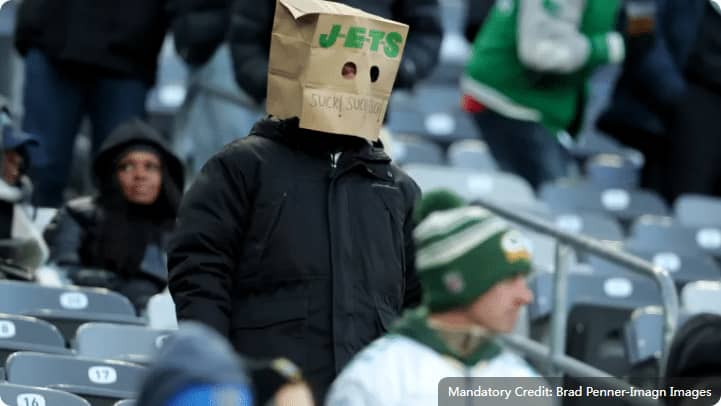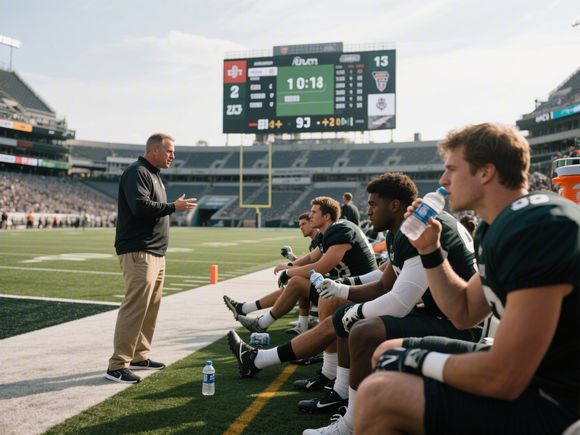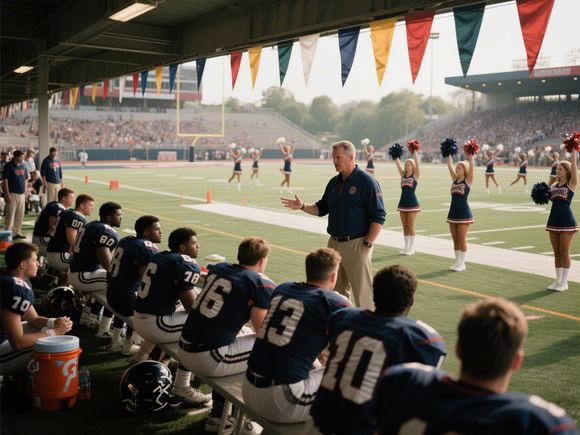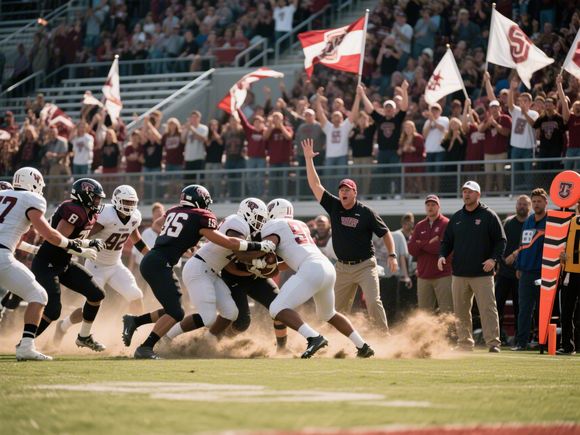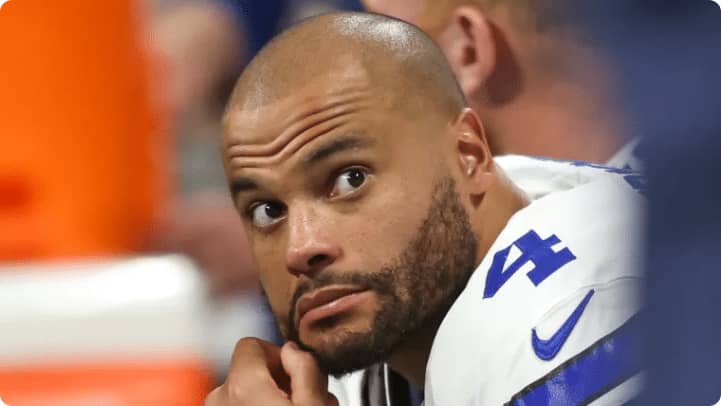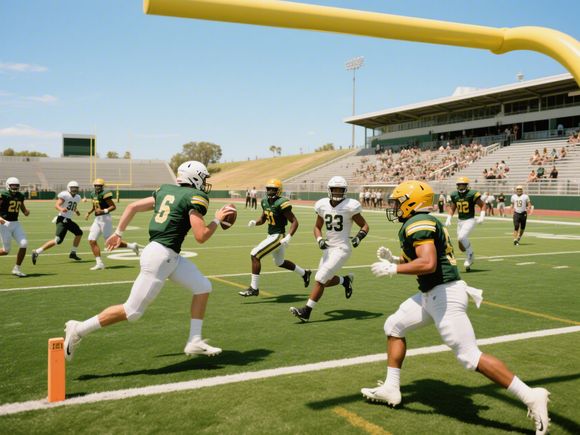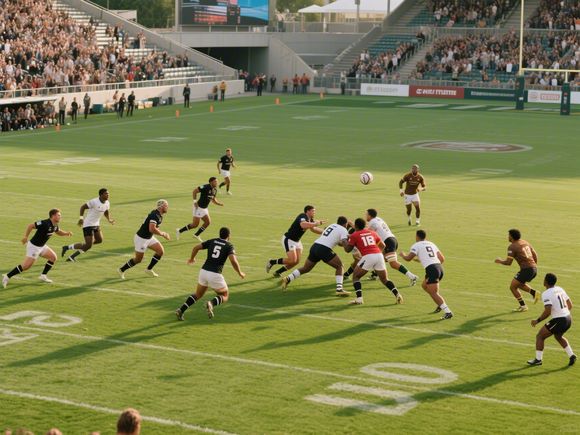Inside the Jets’ Calculated Rebuild: Why They Chose to Move On from Aaron Rodgers
The New York Jets' decision to avoid re-signing Aaron Rodgers has ignited passionate discussions across the NFL landscape. While controversial, head coach Jeff Ulbrich and the front office maintain this move represents a deliberate pivot toward sustainable success. Let's break down the key factors driving this franchise-altering decision.
1. Financial Flexibility Takes Center Stage
Rodgers' 2025 contract created significant challenges with a $51.5 million cap hit - nearly 20% of the team's total spending limit. This financial anchor restricted crucial roster upgrades, particularly along the offensive line and defensive secondary.
The numbers tell the story:
- Saved $28 million in cap space by releasing Rodgers
- $23.5 million dead money charge absorbed for 2025
- Enabled signing Justin Fields to team-friendly $40M/2yr deal
"We can't risk our future for temporary solutions. This reset lets us build properly," GM Darren Mougey emphasized during recent press availability.
2. Betting on Youth and Development
At 26, Justin Fields represents more than just a quarterback change - he embodies the Jets' new developmental philosophy. His dual-threat capabilities contrast sharply with Rodgers' recent injury history and aging profile.
Key Comparisons:
- Fields: 5th in QB rushing yards (2024)
- Rodgers: Career-low 6.8-yard target depth (2024)
- Zach Wilson retained as $6.5M backup with growth potential
3. Health Concerns Became Unavoidable
Rodgers' second Achilles tear in three years raised red flags. Medical experts like Dr. Craig Levitz noted: "Recovering from major injuries after 40 involves uncharted territory - both physically and mentally."
4. Cultural Shift Under Ulbrich
The new coaching regime prioritizes collective accountability over individual stardom. This philosophy clashed with Rodgers' perceived influence on past personnel decisions, including the Allen Lazard trade and Nathaniel Hackett's hiring.
5. Draft Strategy and Future Planning
With 8 draft picks including the #7 overall selection, the Jets are positioned to:
- Address offensive line needs
- Boost pass rush with prospects like Mason Graham
- Maintain flexibility for 2026 QB class (Shedeur Sanders/Quinn Ewers)
Looking Ahead
This decision isn't about dismissing Rodgers' legacy, but about building sustainable contention. As Ulbrich stated: "Football rewards those who plan ahead. We're focused on the next championship window, not just making playoffs."


